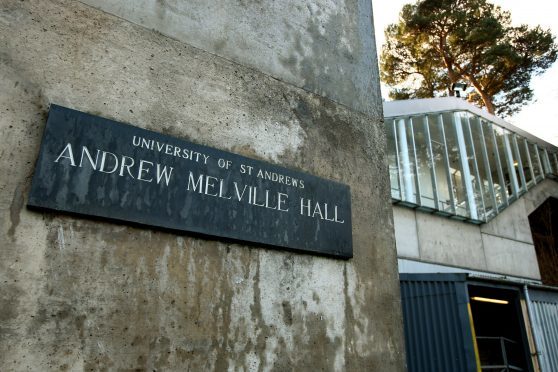Almost a third of unwarranted fire alarms in north east Fife come from student halls of residence.
Last year firefighters were called out needlessly 152 times to student accommodation – almost five attendances by fire crews a week during term time.
Across the area the total number of unwanted fire alarms was 456, a figure which does not include those of good intent, malicious calls and domestic properties.
Although the overall number had risen by 12% compared with 2015/16, the university pointed out the number of alerts to its buildings had fallen.
Other common sources of unwanted call-outs were hotels, university and college buildings and hospitals and other healthcare premises, putting St Andrews and Cupar’s rate above the Fife average.
However, it is hoped work undertaken by the University of St Andrew and other premises alongside the Scottish Fire and Rescue Service will see a large reduction in unwanted call outs the next time figures are released in six months’ time.
North east Fife councillors heard students cooking in their homes were setting off heat-triggered alarms and that a programme to install alarms activated by both heat and smoke had been accelerated by the university.
A university spokesperson said: “These figures are in line with other university towns across Scotland, while the number of false fire alarms from University of St Andrews properties has actually fallen every year for the last three years.
“The figures are directly proportional to the number of properties with working fire alarms across a small town and represent false alarms in both student residences as well as laboratories.
“The university is not complacent however and is working closely with the Scottish Fire and Rescue Service to improve our systems and reduce the number of false alarm activations.
“We have heavily invested in upgrading our systems, and our students are regularly made aware of the importance of fire safety and how to avoid false alarms.”





